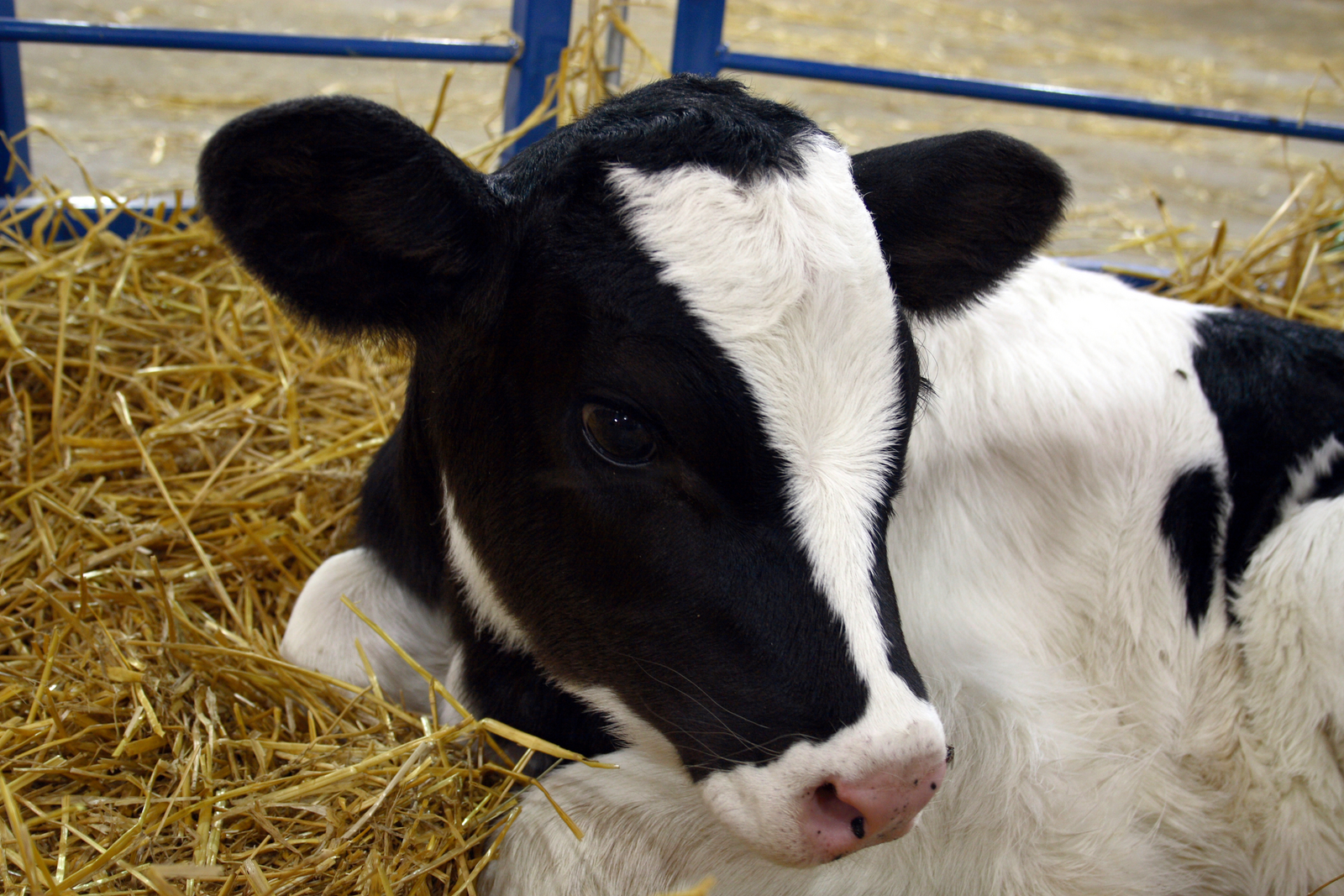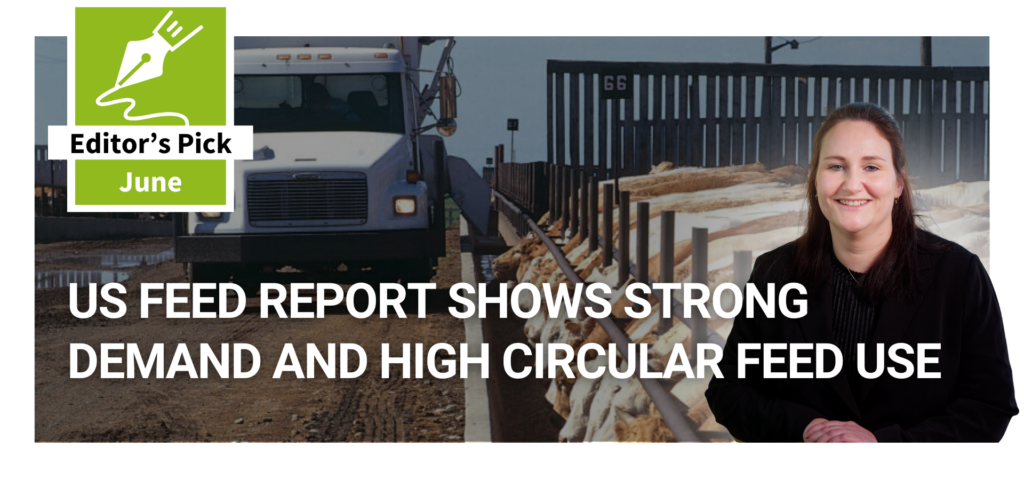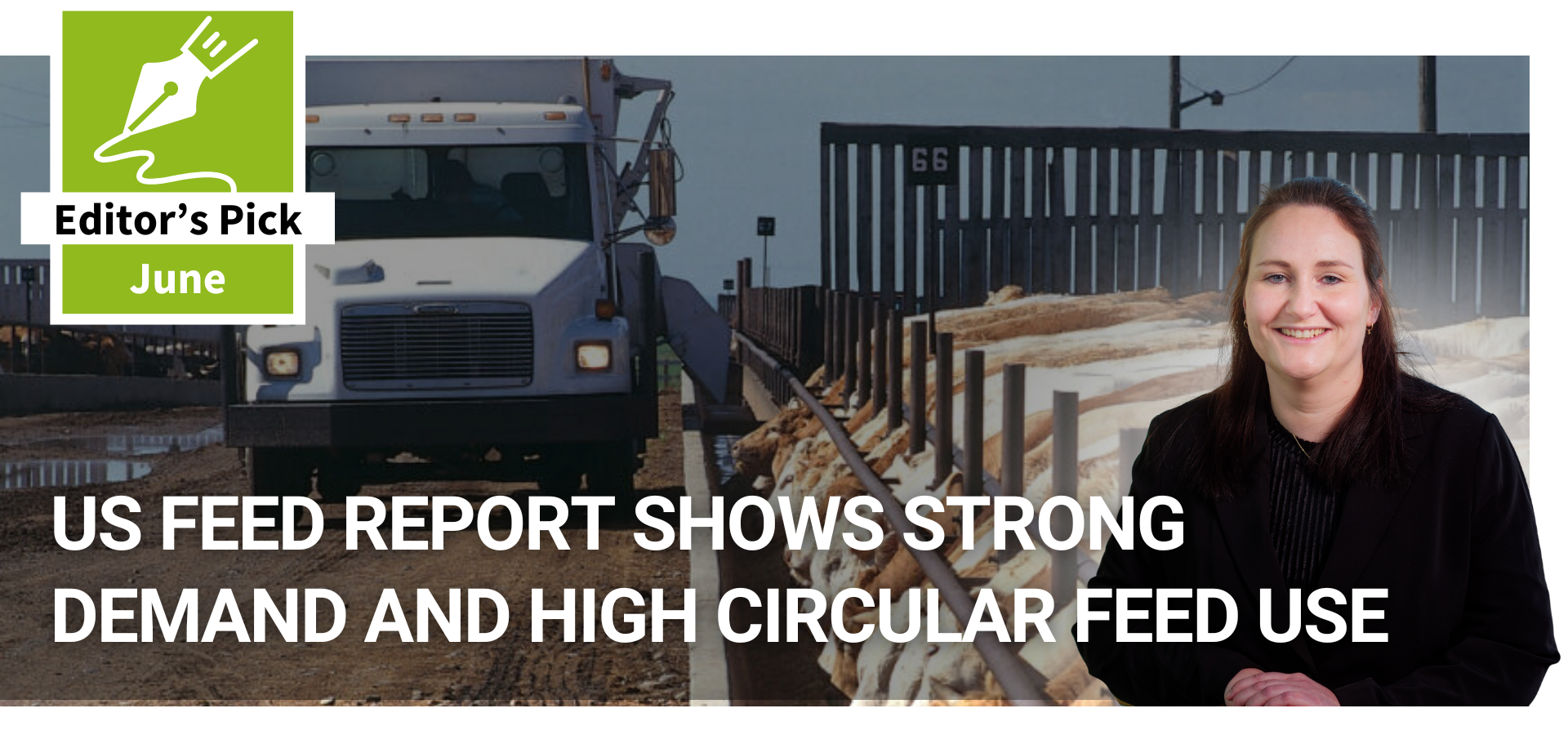Avoid cutting corners when it comes to calf nutrition

“The consequences of cutting corners in calf nutrition just to save costs can have a long lasting effect,” says Cargill’s calf and heifer specialist Bianca Theeruth. This is the advice being given to producers who may be tempted to do this, according to a press release from the company.
“Maintaining target growth rates in calves and youngstock is like achieving high interest rates – it’s the herd investment,” says Theeruth. “I appreciate, with volatile and falling milk prices, why producers might look to shave costs from the milk powder of creep feed bill and use a cheaper option but this will soon be reflected in growth rates.”
Short-term gain could mean long term losses
Less expensive and lower-spec calf milk replacers or creep feeds can look appealing for producers contemplating their cash flow, but it’s often a false economy. “The danger here is that it’s just short-term gain. At the end of the month, the balance sheet may look slightly better, but remember this is a long-term investment and there will be a price to pay in the longer term. Lower growth rates can affect age at calving and this has been shown to impact on lifetime productivity.”
Increasing the age at first calving from 24 to 28 months can cost around £160 (USD$243) per heifer in feed costs alone and a recent Belgian Study showed that animals that calved at 24.6 months had 3.85 lactations compared with three lactations for those calving at 27.9 months, and 34 more productive days during their life than the older calving heifers.
Provide good quality colostrum and milk replacer
Keeping calves and heifers on target has a direct effect on the whole dairy system efficiency. Heifers need to be gaining 0.75 – 0.8kg/d from milk feeding phase up to calving. The key rules are to ensure that plenty of quality colostrum is fed, starting soon after birth, providing a high quality milk replacer through a reliable feeding system and giving calves solid feed of high quality from three days old to help rumen development and prevent growth rate checks. Calves should have access to fresh clean water. Post weaning, heifers need fresh grazing and drier forage with concentrates offered to help to stabilise intakes and performance
“So while the natural reaction to any squeeze on income is to try to reduce costs, the money spent on youngstock is vital and an important financial investment – not a luxury,” she adds.











